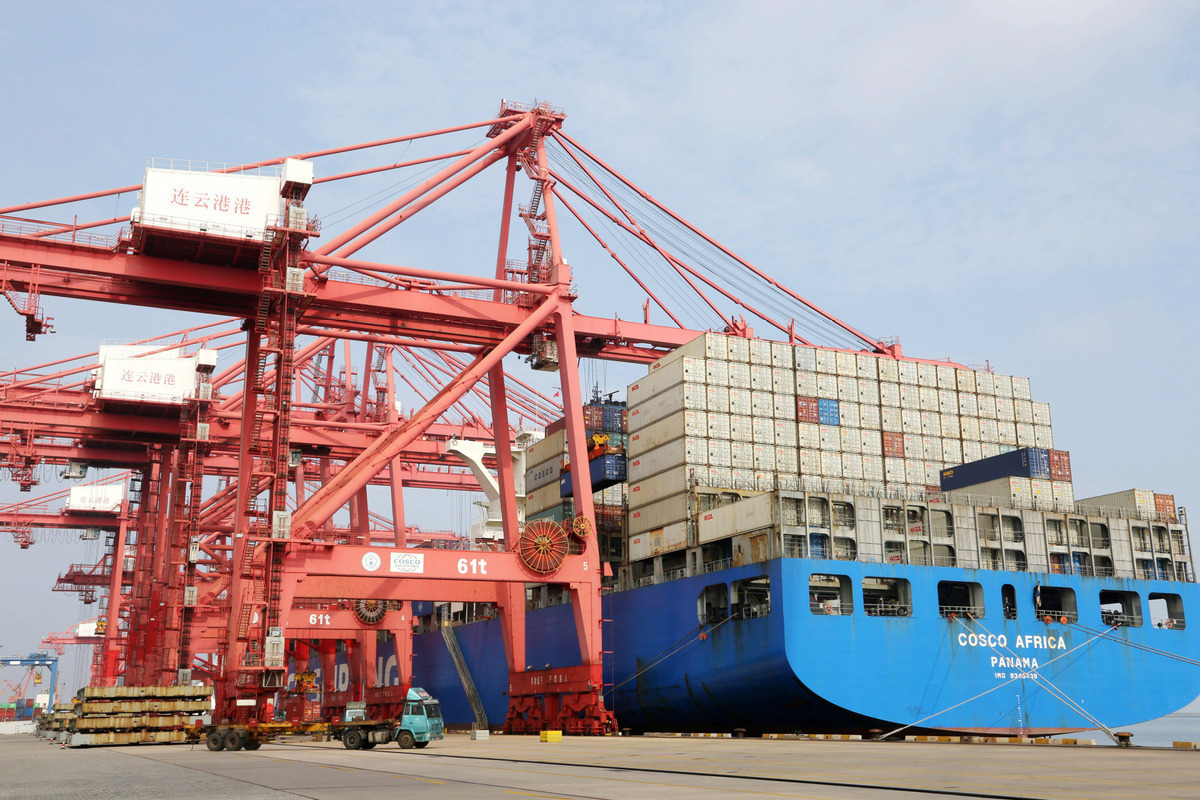CPTPP interest proof of China's further opening-up


China's intention of joining the Comprehensive and Progressive Agreement for Trans-Pacific Partnership highlights its readiness to advocate trade and investment liberalization and facilitation, as well as the next stage of economic globalization, said business leaders.
"As China has been underlining further opening-up, in particular after signing the Regional Comprehensive Economic Partnership agreement with 14 partners in November and completing in-principle talks on an advanced investment treaty with the European Union last month, it is well prepared in many industries, such as opening-up of the financial services sector," said Wei Jianguo, vice-chairman of the China Center for International Economic Exchanges.
China has an open attitude toward joining the free trade agreement, signed among 11 economies in the Asia-Pacific region, including Canada, Mexico, Chile, Australia, Singapore and Japan in 2018.
The nation's annual Central Economic Work Conference in December stressed the need to actively consider the CPTPP membership as part of efforts to move forward with reform and opening-up across the board.
As the COVID-19 pandemic has had a severe impact on the global economy, and amid a changing external environment and growing uncertainties, it is meaningful for China to actively consider becoming a member of the CPTPP, he said.
Compared with the RCEP, the CPTPP has higher requirements in many aspects, said Wei, adding China has to conform to international rules in many areas such as government procurement, subsidy policies and the operation of State-owned enterprises. It will inevitably require in-depth reform of a number of fields that currently do not conform to international practices.
Signing up for such a deal will push China to make more breakthroughs in domestic reforms and provide new impetus to global economic recovery, he said.
Under the harsh economic conditions globally, key players in the cable industry were confronted with severe challenges such as cash shortage, lack of orders, logistics uncertainties and other issues in 2020, said Julien Hueber, executive vice-president of Industry Solution and Project Business Group at Nexans, a French cable manufacturer.
"Thanks to China's new dual-circulation development pattern, we are capable of exploring domestic markets while supplying overseas markets," he said. "The country's entry into the CPTPP will provide a more dynamic environment to boost trade and enhance regional business ties. We are definitely looking forward to it."
He said the company's strategic focus would be to be based in China and cover the entire Asia-Pacific region. It will keep adding investment in this massive market, introduce advanced production lines abroad, enhance supply chains, integrate and restructure advantageous assets and technologies.
Chen Fengying, a research fellow at the China Institutes of Contemporary International Relations, said though the CPTPP criteria are stricter, a number of terms including lowering tariffs, narrowing the negative list and promoting cross-border e-commerce were actually included in China's previous trade talks with various parties.
Johnny Chou, chairman and CEO of Best Inc, a Hangzhou-headquartered integrated supply chain and logistics solutions provider, believes China's CPTPP entry will support the growth of inter-regional trade, cross-border e-commerce and related industries, and create a more stable and open investment environment for global companies investing in the Asia-Pacific region. The company therefore will usher in new development opportunities.
The Chinese company discovered the development of cross-border e-commerce between China and other regions in the Asia-Pacific region a few years ago. It has established service branches in countries and regions such as Japan, Australia and Southeast Asia, and built a logistics network in five countries including Vietnam, Thailand and Malaysia within the Association of Southeast Asian Nations.
As China aims at high-quality growth, further reform and opening-up during its 14th Five-Year Plan period (2021-25), joining the CPTPP will be mutually beneficial for the country and other parties, said Gao Lingyun, a research fellow at the Institute of World Economics and Politics of the Chinese Academy of Social Sciences.
However, it is fairly common to take several years to complete the talks for a regional trade deal because it involves several parties and procedures, said Gao.




































